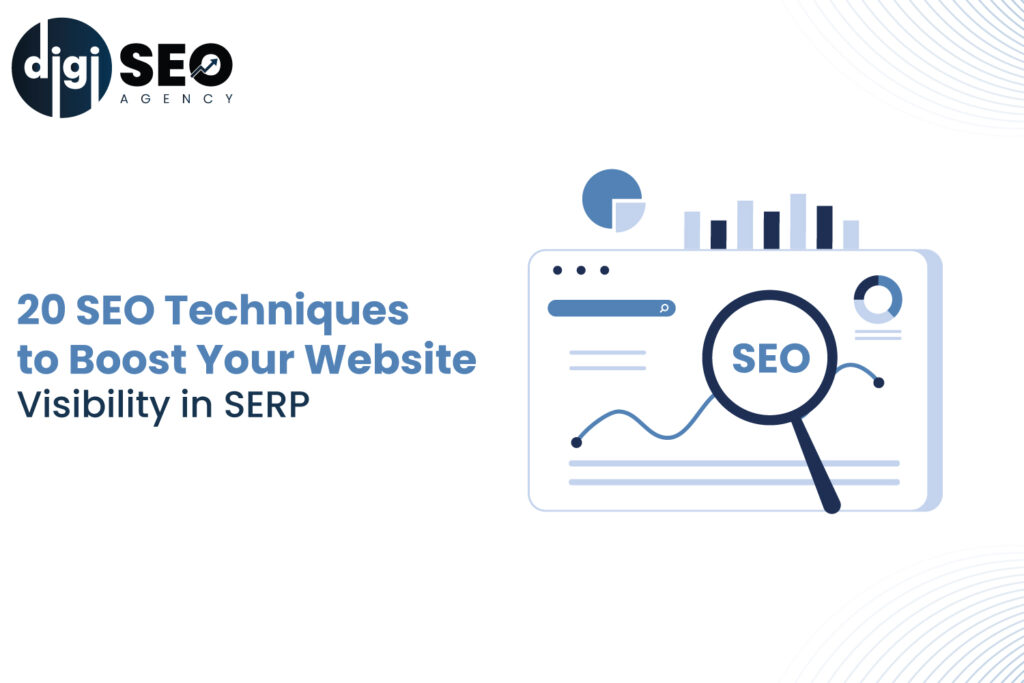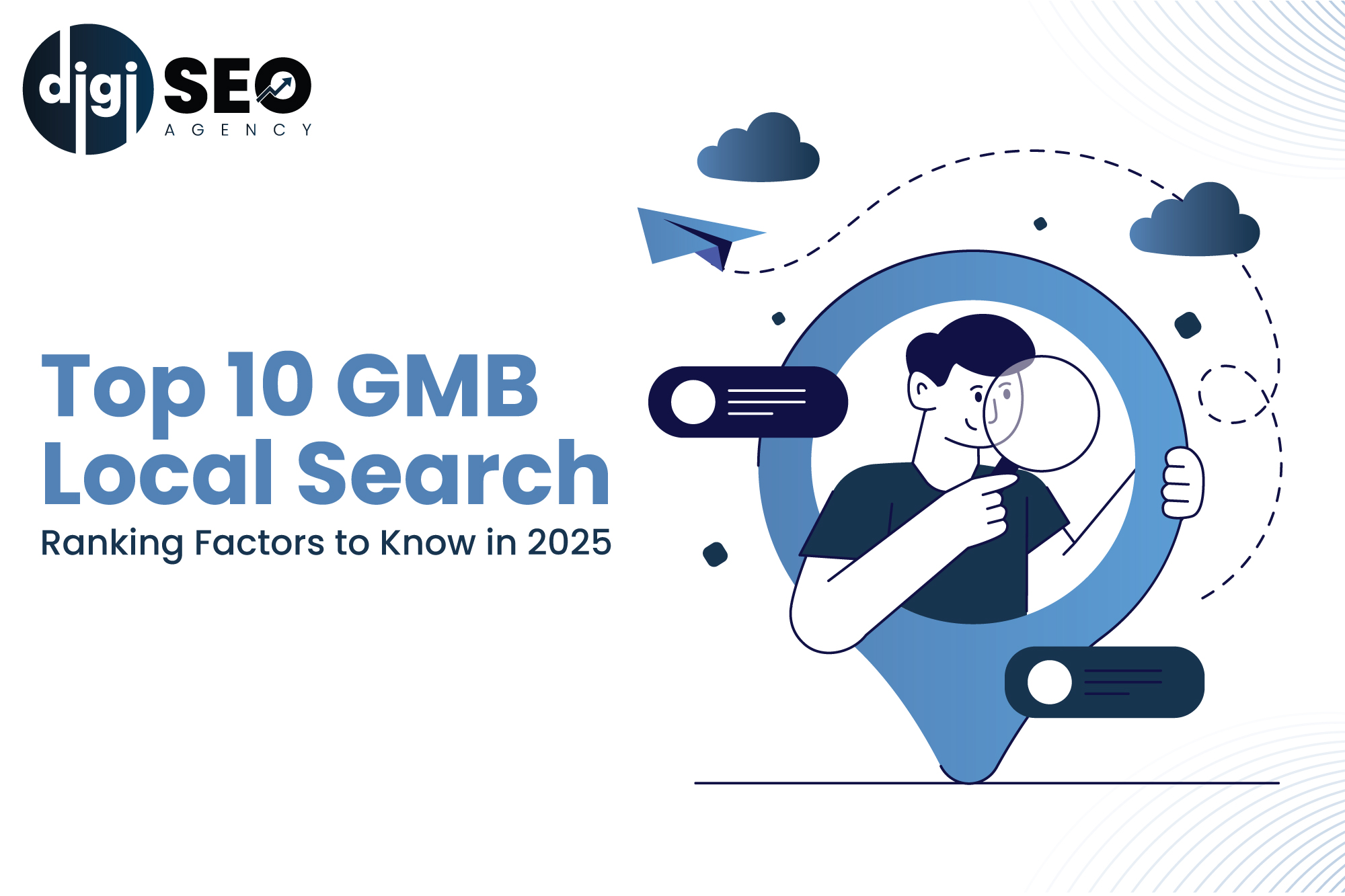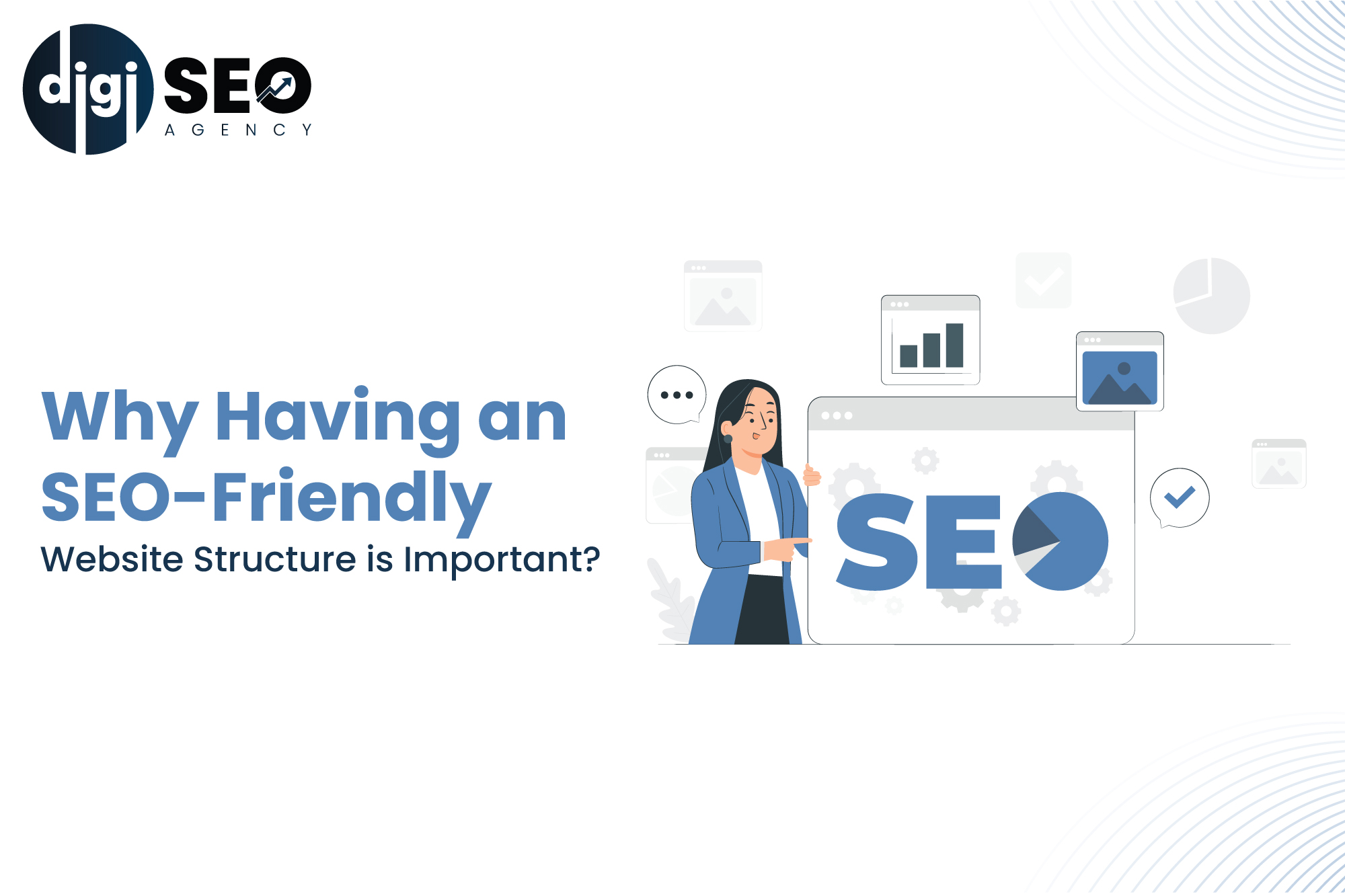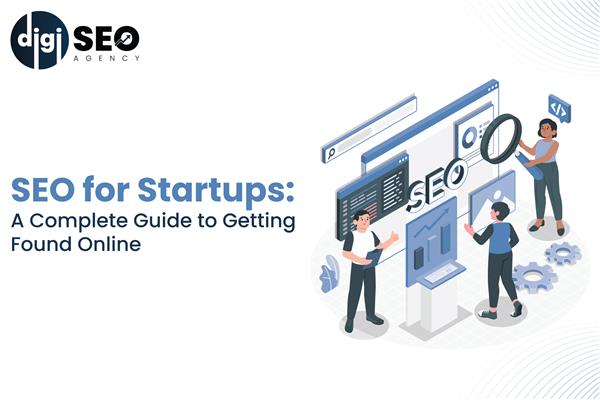Your website might offer fantastic products, services, or content, but if it doesn’t appear on search engine results pages (SERPs), it remains invisible. That’s where Search Engine Optimization (SEO) acts as your knight in shining armor, helping your website stand out in the vast ocean of online content.
But before diving in, let me ask:
“Are you looking for overnight results?”
If the answer is “yes,” here’s some tough love: SEO is not for you. SEO is a strategic process that optimizes your website over time to slowly enhance visibility. Securing a top ranking organically is not an overnight game. So, before committing to any SEO activity, you must set your mindset:
Be prepared to invest effort and patience, and your time to shine will come.
We’ve compiled a comprehensive SEO guide. After reading this post, you won’t need to consult any other SEO blogs.
Core SEO Pillars
To craft an effective SEO strategy, you need to understand the primary ranking factors:
- User Experience
- Mobile Optimization
- Content Quality & Relevance
- Keyword Optimization
- Technical SEO
- Backlinks & Off‑Page SEO
These are the most critical areas, but many more must be addressed for impactful SEO results. Let’s dive into the details.
Part 1: Technical SEO Building a Strong Foundation
Technical SEO ensures search engines can crawl, index, and understand your website effectively.
1. Website Usability:
- Use an intuitive structure and logical page hierarchy
- Add clear, visible calls-to-action (CTAs)
- Maintain a clean, uncluttered design
- Improve Core Web Vitals (LCP, FID, CLS)
2. Mobile Optimization:
- Ensure responsive design across all devices
- Avoid intrusive pop-ups
- Keep fonts readable and layouts finger-friendly
Read Also: Top 10 Effective SEO Content Strategies for Boosting Your Website’s Rankings
3. Page Speed:
- Compress images and use lazy loading
- Enable browser caching and minify code
- Leverage a Content Delivery Network (CDN)
Tools: Google PageSpeed Insights, GTmetrix
4. Secure Website with HTTPS
- Install an SSL certificate
- Secure user data and build trust
- HTTPS is a ranking signal for Google
5. Schema Markup for Rich Results
- Add structured data for FAQs, reviews, products, etc.
- Use plugins or tools like Yoast and Rank Math
- Test implementation using Google’s Rich Results Test
6. robots.txt: Guide Crawlers
Create a robots.txt file to control indexing. Examples:
txt
CopyEdit
User-agent: *
Disallow: /private/
Use meta robots or no index tags for more granular control.
7. XML Sitemap: Provide a Roadmap
- Include all key URLs with updated timestamps
- Submit via Google Search Console and Bing Webmaster Tools
Part 2: On-Page SEO Optimize Every Page Element
On-page SEO aligns your content and structure with user intent and search engine criteria.
8. Keyword Research: Understand Search Demand
- Use tools like SEMrush, Ahrefs, or Google Keyword Planner
- Identify primary and long-tail keywords
- Analyze competitors and search trends
9. Content Quality: Be the Best Answer
- Focus on user intent, not just keywords
- Provide accurate, well-structured, and informative content
- Use headings, bullet points, visuals, and real-world examples
- Ensure E-E-A-T (Experience, Expertise, Authoritativeness, Trustworthiness) by offering fact-checked, up-to-date, and well-sourced information
Read Also: 9 Common SEO Mistakes to Avoid for Higher Rankings
10. Meta Tags: Optimize Title & Description
- Title Tag: Under 60 characters, with the primary keyword
- Meta Description: Actionable, persuasive, and under 160 characters
- These directly impact your click-through rate (CTR)
11. Header Structure:
- Use H1 for the page title (only once)
- H2 for major sections, H3–H4 for subsections
- Helps both SEO and accessibility
12. Image Optimization
- Use descriptive filenames (e.g., seo-guide.png).
- Add keyword-rich alt text.
- Compress images and consider using the WebP format.
13. Internal Linking Strategy
- Connect related pages and articles
- Use keyword-rich anchor text
- Helps search engines crawl deeper and distributes link authority
Part 3: Off‑Page SEO Build Credibility & Visibility
Off-page SEO reinforces your website’s authority and trustworthiness.
14. High-Quality Link Building
- Guest post on reputable sites.
- Perform influencer outreach.
- Create valuable, shareable content.
Read Also: SEO Trends to Watch Out for in 2025
15. Local SEO: Boost Local Visibility
- Claim and verify your Google Business Profile.
- Maintain consistent NAP (Name, Address, Phone).
- Collect positive reviews and build local citations.
16. Social Media Engagement
- Share content and engage audiences on platforms like LinkedIn, Facebook, Instagram, Twitter.
- Social signals can indirectly enhance SEO.
17. Brand Mentions & Digital PR
- Gain exposure through digital PR and brand collaborations
- Even unlinked mentions signal trust to search engines
Part 4: Content Marketing Fuel Long-Term Growth
Valuable content drives ranking, traffic, and audience trust.
18. Blogging with Purpose
- Plan a content calendar.
- Address customer pain points and queries.
- Write helpful, engaging, and consistent content.
19. Diversify Content Formats
- Diversify with videos, podcasts, infographics, checklists
- Cater to different user preferences and platforms
- Repurpose content across formats
20. Content Promotion:
- Share widely on social media, email campaigns, forums, and communities.
- Use tools like Buffer, Hootsuite, or Mailchimp.
- Partner with influencers or run sponsored campaigns to expand reach.
Part 5: Maintenance Measure, Analyze, and Improve
SEO isn’t a one-and-done task; it requires ongoing upkeep.
Monitoring and Analysis
- Use Google Analytics for traffic, sessions, bounce rate
- Use Google Search Console for keyword rankings and crawl errors
- Track backlinks, page speed, and conversions
Update and Refresh Content
- Revisit top-performing pages to update them.
- Add new FAQs, trends, or insights as needed.
- Reoptimize for fresh search intent.
Read Also: Top 7 Benefits of Developing a Content Strategy for Your Business
Final Takeaway
Success in SEO is not about quick wins, it’s about consistent, strategic effort over time. By applying these 20 proven techniques across technical SEO, on-page optimization, off-page authority building, and content marketing, you will:
- Improve your website’s visibility in SERPs
- Drive more targeted organic traffic
- Establish trust and authority in your niche
- Boost engagement, leads, and conversions
From strategy to execution, DIGI SEO Agency ensures you don’t just follow SEO trends you lead them. Take the next step toward dominating search results.




